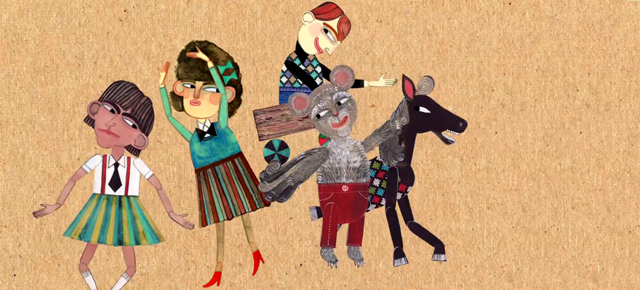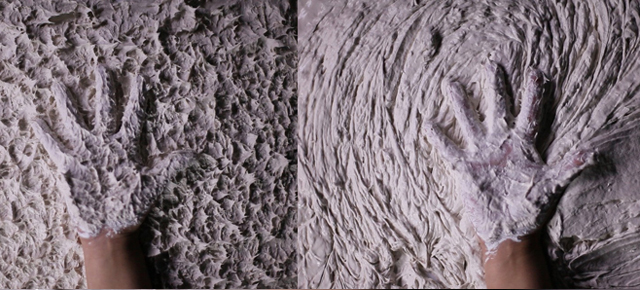Orange: Interview with filmmaker Sylvie Trouvé
We have recently posted a Hothouse 5 playlist that showcases the 1-minute animated shorts that resulted from this year’s Hothouse Emerging Filmmaker Program. One film in particular, Orange, is already creating a buzz. A loving and whimsical tour of the city, Orange celebrates the urban spaces of Montreal.
To find out more about what inspired the film, and how it was made, I interviewed filmmaker Sylvie Trouvé.
Q: What’s your background?
A: I graduated from the photography program at Ryerson, did a bunch of travelling and then worked in animation as a stop-motion animator/animation director for the past 10 years in Toronto. Mostly doing commercials, TV shows, music videos, etc. Two years ago I moved to Montreal for a change of pace and was fortunate to get into the Hothouse program.
Q: Are you naturally attracted to urban spaces or was this a new area for you?
A: I’ve always been attracted to new landscapes. I used a lot of urban spaces in my early photography. Urban spaces are exciting because there are a lot of surprises, juxtapositions of elements, so many things to look at and so much movement.
Q: What inspired you to make this film?
A: I love animation, photography and exploring on my bike. The idea of combining these three to make a film really got me going. However, what really inspired me was this willow tree last summer, it was really dancing like a human, dancing as it was moving on its own. It gave me this idea of how interesting it could be to see things move to a different rhythm, especially inanimate objects like buildings or statues.
Q: You use a lot of Montreal landmarks in the film. Was it important that this film be set in Montreal, or would you have done the same film elsewhere?
A: Montreal as a city was important in that it was completely new to me, so I looked at it with a fresh eye. I suppose I could have made a similar film somewhere else but it might have a completely different mood. In Montreal construction is huge in the summer and the repetition of those orange pylons spread out; zigzagging, throughout the city got me really excited. I had an uncontrollable urge to animate them.
Q: How did you go about making the film – what techniques did you use?
A: Throughout every process of making my film I explored and discovered. I didn’t necessarily always have a set idea of what I wanted to find. It was great because animation ideas would come to me as I was shooting on the street as well as when I was looking through my footage. I spent many days biking around the city with two cameras and a tripod strapped to me; so many days waking up at the break of dawn and shooting til late in the night. I took tons of timelapse and I got inspired developing rhythms in how I took the timelapse, like taking pictures only when cars seemed to be in the middle of the street. I also played with my footage later on when I was compositing it in after effects, removing and copying frames, playing with time remapping and the new puppet tool.
Q: How was the soundtrack created?
A: The soundtrack was created by using only city sounds. Luigi Allemano gave me a really exciting but basic beat composed of a car door slam and an engine revving up that I could animate to. He added more layers of city sounds based on the visuals that I provided him as I was doing the film.
Q: How did you find the whole Hothouse experience?
A: It was pretty hot in terms of the timeframe and sometimes frustrating because there were a lot of meetings, but overall very memorable and worthwhile. The best was having a crew of very skilled people to work with. It’s interesting to see how differently things can be interpreted. Working alongside other directors from very different backgrounds doing a very different interpretation of the same theme was also quite fascinating.
Q: Do you know what your next project will be?
A: Yup, I’m already working on it…



